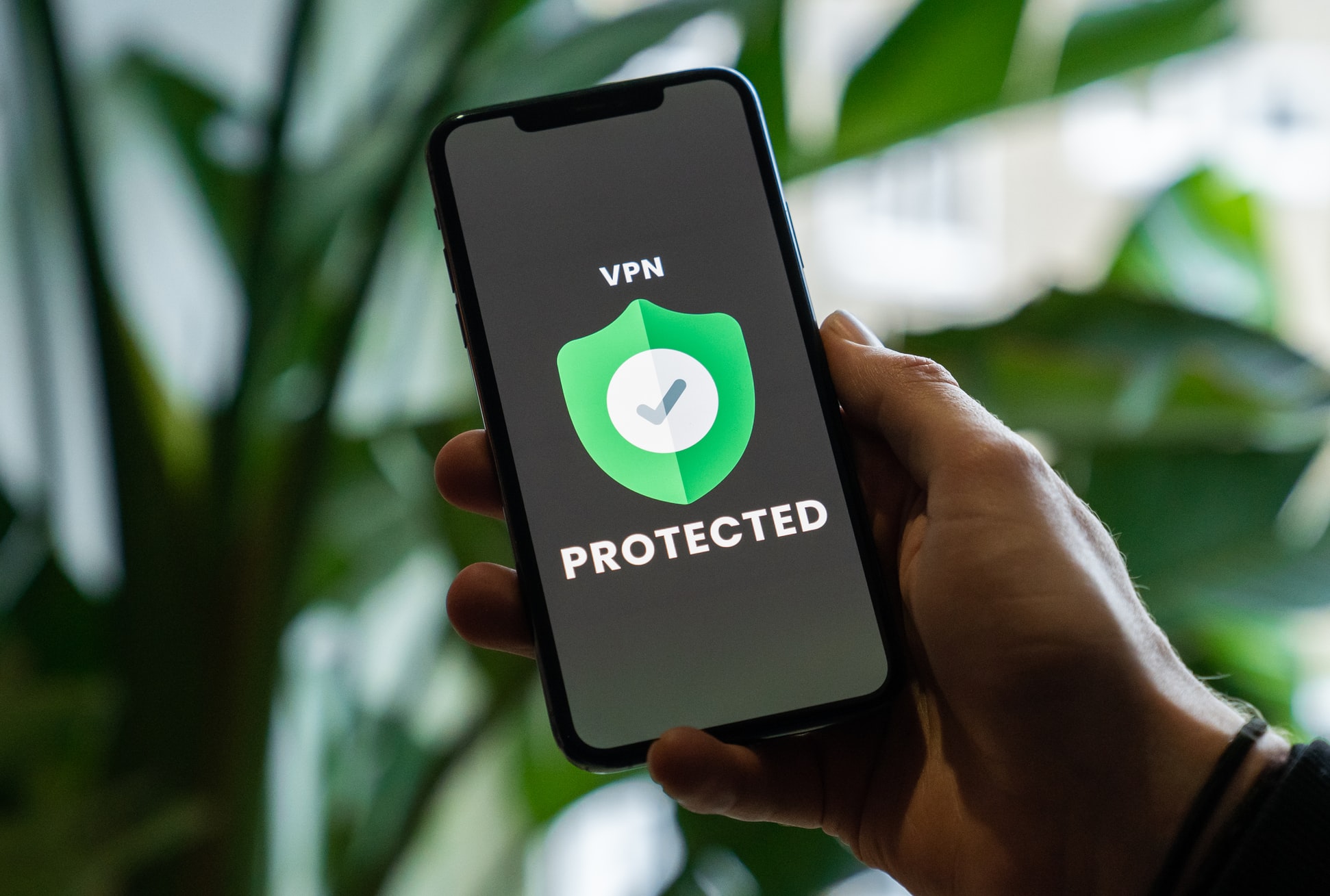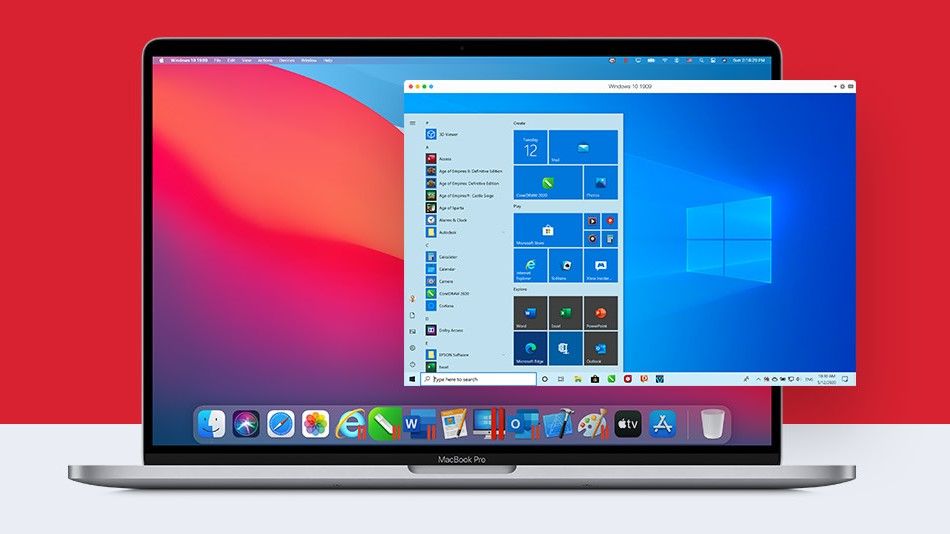From handy gadgets, smartphones have evolved to become integral components of our everyday lives. We use smartphones for communication, work, and entertainment, to stay on top of news, and to store our most sensitive data and information. As their role in society grows, so does the importance of securing them.
This article will give you ten actionable steps to secure your smartphone and ensure its safety. They won’t take long to complete, yet they may be key measures for you to not get into the traps of cybercriminals. Let’s dive in:
Table of Contents
1. Regular Software Updates
This might sound foolish, but installing the latest updates for your operating system and applications is actually one of the simplest yet most effective security measures. Developers continuously work to improve their software. A big part of that is identifying and patching security vulnerabilities.
By keeping your systems and apps updated, you benefit from these critical fixes. Outdated software is one of the leading causes of data breaches.
2. Manage App Permissions
Every app you install, whether it’s a video game or a social media platform, needs certain permissions to function properly. This includes access to your camera, contacts, location, and more.
However, apps often request way more access than they actually need. Each time you install a new app, carefully examine the permissions they’re requesting. Ask yourself, does a simple flashlight app really need access to your contacts? Do YOU really need an app that asks for unreasonable data?
3. Enable Two-Factor Authentication (2FA)
Modern smartphones are equipped with the latest and greatest security technologies. This includes robust authentication measures such as touch and face recognition. Enable these features to ensure that no unauthorized users can access your smartphone.
These technologies are very advanced and will instantly unlock your phone as soon as they confirm it’s you. You’re not saving any time by ignoring these features – you’re just exposing yourself to more risk.
4. Avoid Using Public Wi-Fi Networks
Publicly accessible Wi-Fi networks are everywhere these days. However, your private information is very dangerous when you connect to insecure public Wi-Fi networks. Criminals frequently aim their hacking efforts toward these networks in an effort to steal confidential data, including login credentials, financial information, and private conversations.
Unfortunately, security awareness is not as widespread about public Wi-Fi. That’s why it’s best to avoid using public networks unless you can ensure they’re secured with robust protocols like WPA2 or WPA3. When safe Wi-Fi isn’t available, use mobile data instead or read more about VPNs securing your connection below.
5. Install a Reliable VPN
One solution to securely use public networks is to use a Virtual Private Network (VPN). A VPN shields your online identity by masking your IP address, making your internet traffic appear as if it’s coming from a different location, and encrypting your data. This encryption ensures that even if someone manages to intercept your data while you’re connected to a public network, they would be unable to read or use it.
Whether you are using Apple or Android, many options are available on the AppStore and Google Play Store. You can download VPNs for Android and Apple devices from reputable providers, which simplifies the process of setting up and using a VPN on your smartphone. These apps often have features tailored specifically for mobile usage, such as automatic connection on unsecured Wi-Fi networks or split tunneling. This allows you to choose which apps use the VPN connection and which don’t.
6. Avoid Clicking Suspicious Links
Social engineering attacks like phishing and smishing have been incredibly popular in recent years. These attacks exploit human psychology to trick individuals into revealing sensitive information. They often involve sending malicious links via email, text messages, or social media. Never click on any link from an unrecognized source. A simple trick to test the legitimacy of a link is to hover over it, which sometimes reveals the actual URL.
In addition, you and the people you care about must be aware of the typical methods employed in social engineering attacks. You can protect yourself from dangers if you know how these scams operate and what warning signs to look out for. Prompt critical thought and skepticism whenever you receive an unexpected communication or request for personal information, regardless of how familiar the sender seems.
7. Regularly Backup Data
Your smartphone holds all sorts of sensitive data, including photos, documents, personal information, and more. Losing this data would be a disaster, so it’s best to keep it securely backed up, either in cloud storage or on an external device. Having backups will come in handy during any unforeseen events like theft, damage, or cyber attacks.
8. Educate Yourself about Digital Security
Cyber threats are constantly evolving, so it’s difficult to stay on top of them without actively seeking out and engaging with the latest information and trends in digital security. Regularly update your knowledge through trusted online resources, such as:
- Cybersecurity forums
- Educational webinars
- Podcasts
While most of these resources are educational, they’re also often very fun to read or listen to. They will enhance your ability to recognize risks and protect your smartphone.
9. Monitor Your Device’s Health
Regularly check the health of your smartphone. Look out for signs like sudden drops in battery life, a significant slowdown in performance, or unusual behavior in apps. These can be indicators of malware or other security issues. Keeping an eye on your smartphone’s health will ensure its longevity and help you identify security threats early.
Conclusion
We covered some of the most effective measures to secure your mobile device. The true effectiveness of these measures lies in their collective application. The dynamic nature of cyber threats means that safeguarding your smartphone is not a singular event but rather a continuous journey. It demands ongoing vigilance, an informed understanding of emerging risks, and a commitment to regularly update and refine your security practices. Stay ahead of evolving threats and ensure your device’s and personal information’s long-term protection.













